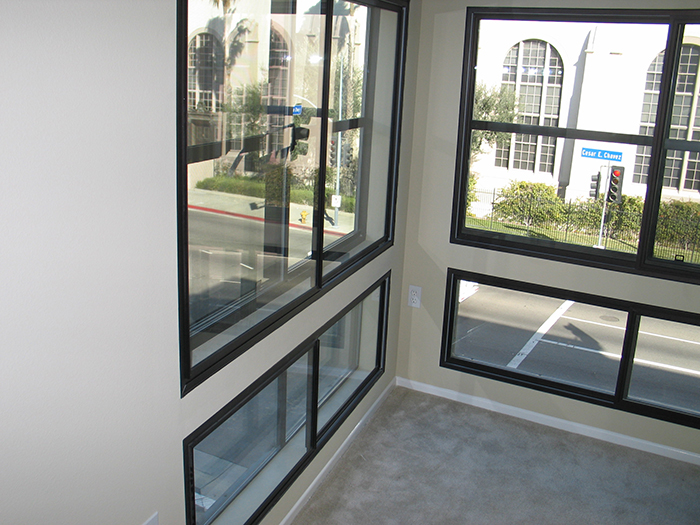Soundproof Windows Inc. Provides Soundproofing Solution for Homeowners

For residential interior design professionals, a more creative alternative than traditional single or dual pane windows is growing in popularity: using an advanced window soundproofing technology that preserves peace and quiet within the home. This not only facilitates the multifunctional use of a space whether as a home office, den, bedroom, guest room, or zen room, but also decreases environmental stress and promotes wellness and serenity.
Soundproof Windows, Inc., a company that engineers windows, has adapted recording studio window soundproofing technology for residential properties by creating a secondary soundproofing window that installs inside, behind the existing window. The product is custom designed specifically to match – and function – like the original window. The OEM assists interior designers with measuring, ordering, and installing the windows. Installation is usually completed in about an hour or two.
How it works
The inner window reduces noise from entering on three fronts: the type of materials used to make the pane, the ideal air space between original window and insert and improved, long-lasting seals. The combination can reduce external noise by up to 95% and achieve window STCs from 48 to 57.
The first noise barrier is laminated glass, which dampens sound vibration. An inner PVB layer of plastic further dampens sound vibrations.
Air space of 2 to 4 inches between the existing window and the Soundproof Window also improves noise reduction because it isolates the window frame from external sound vibrations.
Finally, the company places spring-loaded seals in the second window frame. This puts a constant squeeze on the glass panels, which prevents sound leaks and helps to stop noise from vibrating through the glass. These spring-loaded seals are designed to stay acoustically sound for a lifetime.
Benefits of this product
Using an additional inner soundproofing window where needed on a project allows interior design professionals to stay with the primary windows they designed for the home, preserving acoustic and aesthetic integrity. The soundproofing windows can be used only where initially needed or in one area, one side, or the whole project. In all cases, the outside appearance remains the same for all of the home’s windows. Interior designers can change their minds later after acoustics testing and soundproof other areas that were not originally designed to be soundproofed.
When historical restorations and home conversions are required, the soundproof windows can be added without removing the original windows and glass, which is important to preservation.
The approach also improves the function and sustainability of the home. Soundproofing the home’s windows increases comfort by reducing drafts through the existing window seals while significantly reducing energy costs.


